2023 Award Winners
Fourteen projects and startups were honored with the distinction of Attractive Innovation Project in 2023.
HyEnGen
HyEnGen was founded in 2022 with the aim of stimulating the green hydrogen market. Oscar Verho, from the Department of Medicinal Chemistry, is a co-founder of the company and one of the inventors of an electrode that makes it possible to produce hydrogen from water in a more sustainable and cost-effective way than current methods. The promising long-life electrode is the result of an interdisciplinary collaboration involving specialists in fuel, catalyst and materials research. The development has progressed quickly and is now continuing to investigate the possibilities of developing an electrolysis cell in order to be able to scale up the technology to larger systems for the market. Today, it is mainly the steel industry and the chemical industry that use hydrogen, but there is also a growing demand in the transport sector that HyEnGen wants to meet with its innovative technology that they hope can play the main role in the future production of green hydrogen. HyEnGen's continued work and offer to the market is supported by an investment from UU Invest's project company.
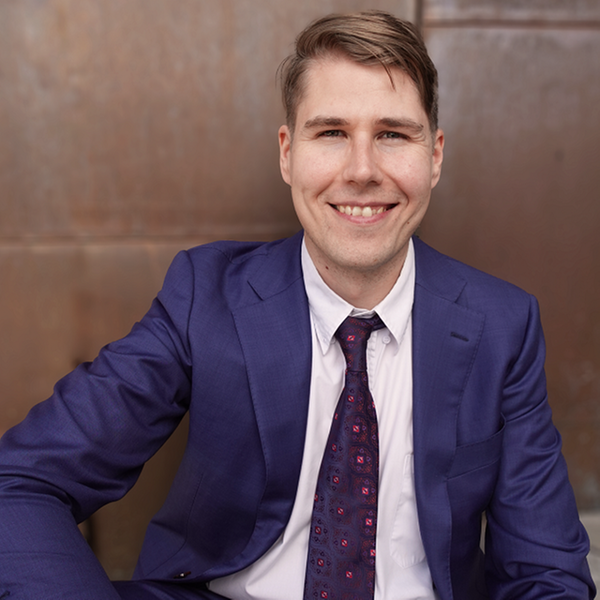
Oscar Verho, researcher at the Department of Medicinal Chemistry.
The Magic Circle Hut
The Magic Circle Hut is a company founded by Doris Rusch, Professor in the Department of Game Design, to offer leadership development programs and individual coaching based on Deep Game Design methods. By applying game development research to organisational and leadership issues, Doris Rusch is introducing a completely new working methodology to the market. Her innovation addresses key issues such as the limited ability of people to lead in unfamiliar situations and how organisations can address global challenges without clear solutions. The methods enable ways to work on these issues in a structured way, with the aim of developing visions of the future and linking them to concrete and rewarding courses of action that help develop both people and organisations. With ongoing programs for the first customers and plans to scale up through certification models and a digital infrastructure that includes game-generated VR/AR environments, the project demonstrates both customer benefit and development potential.
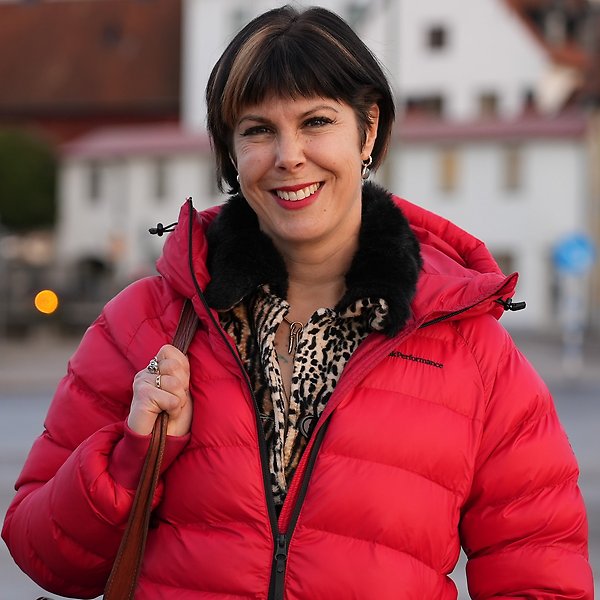
Doris Rusch, professor of game design.
SimSearch
Making the best use of expert knowledge and contributing to the wider use of new technologies are key drivers behind the development of SimSearch. It is a software that uses state-of-the-art deep learning techniques to search for objects, regions or anomalies in microscopy images.
The idea of SimSearch is to give professionals such as industrial drug developers, biomedical researchers and doctors access to a powerful AI tool that requires no prior technical knowledge. The aim is to identify specific cell types, infectious agents or tissue changes much more quickly. Since the software can be integrated directly into the imaging system, the analysis is limited to current and relevant data, thus streamlining data management and storage.
Ida-Maria Sintorn, Ankit Gupta, and Carolina Wählby at the Department of Information Technology have jointly developed SimSearch, which will now be finalised as a software application with support from UU Invest's project company. The goal is to make SimSearch a commercially available product.

Ida-Maria Sintorn, professor, Ankit Gupta, doctoral student and Carolina Wählby, professor.
Improved methods for protein studies
A better understanding of how proteins function and interact in the body can lead to a better understanding of diseases and new ways to identify and treat them. It can also contribute to a better understanding of health factors. Contributing to better health is also the goal of the new analytical methods for protein studies developed by researcher Bo Xu together with Professor Ulf Landegren at the Department of Immunology, Genetics and Pathology. Their methods use molecular tools to study several different markers simultaneously. The integration of molecular biology techniques also improves the resolution of existing analytical methods and makes them more robust. Taken together, their methods provide clearer and more detailed information on the importance of proteins than currently available analytical tools. The new methods are patent pending and the IP rights have been sold to a company that is developing the methods into commercially available products.

Ulf Landegren and Bo Xu.
SIA, Signature Immune Activation
How can we predict whether a specific treatment will work for a cancer patient? Artur Mezheyeuski and Tobias Sjöblom at the Department of Immunology, Genetics and Pathology have the answer. By analysing whether specific combinations of biomarkers are present or not in a patient sample, they have created SIA, a method that provides an individual patient profile. This profile indicates whether a particular type of cancer drug, called immune checkpoint inhibitors, is expected to be effective against the patient's tumor. The aim is that the information provided by SIA on the expected treatment effect will help patients and healthcare professionals. It has the potential to reduce the risk of patients having to undergo difficult but ineffective treatments, while enabling more efficient use of healthcare resources by optimising treatment options. In addition, SIA can be used to select patients for clinical trials of new drugs and explore new applications for already approved drugs.
The team, which has been strengthened by Chatarina Larsson, is now working with the support of UU Invest's project company to develop business models and partnerships to make SIA available for clinical diagnostics, thus contributing to a future where cancer treatments are both effective and personalised.

Tobias Sjöblom, Professor, and Chatarina Larsson, Project manager at the Department of Immunology, Genetics and Pathology.
SampleFacts
A novel dry blood spot sampling card is making its way to the market through the recently established company SampleFacts. UU Invest has joined as a shareholder to provide support for the commercialisation. The sampling card is built upon a patent-pending invention by Ulf Landegren and Johan Björkesten and differs uniquely from other methods of collecting dried blood samples by separating cells and plasma into distinct samples directly on the card at the moment of sampling. These dried blood samples are not only suitable for a diverse range of analyses but can also be stored at room temperature while maintaining stability over extended periods. This innovation facilitates processes like biobanking and at-home sample collection, unlocking novel avenues to monitor patient responses to treatments, and, in the long run, detect early signs of disease.
The development of the sampling card is credited to Ulf Landegren, Johan Björkesten, Anna Beskow, and Nina Schiller.
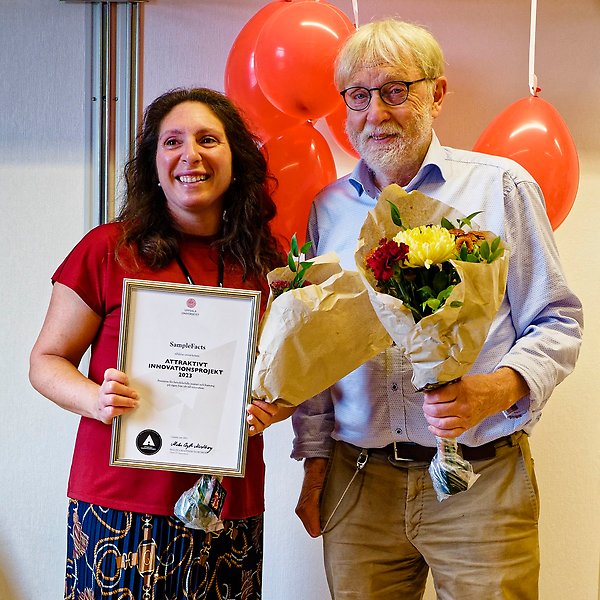
Nina Schiller, CEO of Sample Facts and Ulf Landegren, professor at the Department of Immunology, Genetics and Pathology.
Metrilytics
Erik Berg, Robin Lundström and Casimir Misiewicz, Department of Chemistry – Ångström, have developed a system called Online Electrochemical Mass Spectrometry (OEMS) to analyse the gas composition in battery cells, both model cells and commercial cells. The goal is to gain better insights into battery performance. In response to industry interest in using the system, the team has founded the company Metrilytics, which has already completed its first sale. What sets OEMS apart is its ability to analyse gas composition in real-time during battery usage. This not only allows for a deeper understanding of battery design but also enables the identification of issues as soon as they arise. Unlike conventional methods that require batteries to be manually opened and inspected in case of damage, the researchers' innovation eliminates this procedure. Another advantage of OEMS is its capacity to simultaneously analyse multiple battery cells, making the process much faster.

Casimir Misiewicz and Robin Lundström.
Spatial Omics
Ammar Zaghlool's innovation project contributes to deeper insights into the normal functioning of cells and the development of diseases. He is developing a new technique for detecting and locating RNA and other molecules within cells and tissues. This method combines reading and locating gene expression in individual cells without the need for costly reagents or equipment, with the hope of making this type of research accessible to more research labs and ultimately paving the way for the implementation of new scientific advancements in healthcare. With funding from UU Invest's project company, the development of the prototype is now ongoing, along with the work to generate data to support and validate the method.
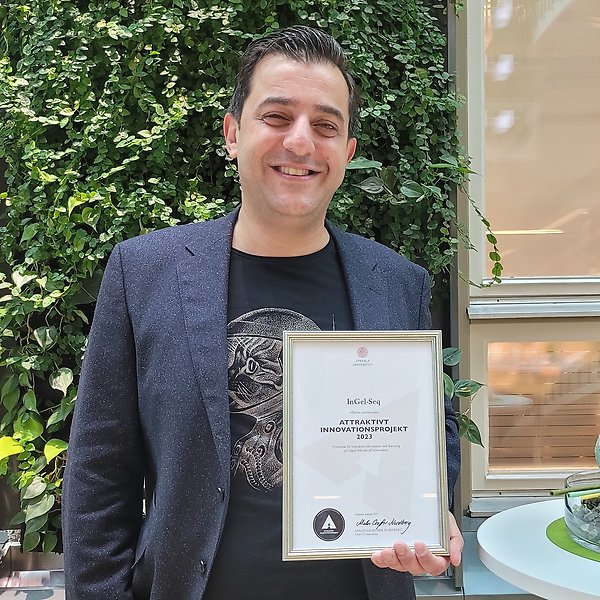
Ammar Zaghlool, researcher at the Department of Immunology, Genetics and Pathology.
Sloppymerase
The research team has developed and patented a unique enzyme that has the potential for significant impact in the field of life sciences, spanning from research to diagnostics and forensics. The enzyme, named Sloppymerase, is an artificial DNA-copying enzyme, known as a polymerase, with a fascinating characteristic of being highly error-prone. This property opens up new avenues for both molecular biology research and cancer treatment. The team has sold the patent rights of the enzyme to the biotechnology company Genovis, which is now advancing with product development and commercialisation.
The researchers who developed Sloppymerase are Ola Söderberg, Professor of Pharmaceutical cell biology, Leonie Wenson, PhD student, Johan Heldin, researcher, Björn Hellman, Professor of Toxicology, and Erik Bivehed, PhD student.

The Sloppymerase inventors are affiliated with the Department of Pharmaceutical Biosciences.
Akiram Therapeutics
Akiram Therapeutics is developing a new type of radiotherapy for the currently incurable disease anaplastic thyroid cancer. Funding through the Sciety investor network will allow the founding team to continue the development of their proprietary, patent-pending drug candidate, and to enter phase I clinical trials. The team also sees potential in the treatment for other types of thyroid, neck and head cancers.
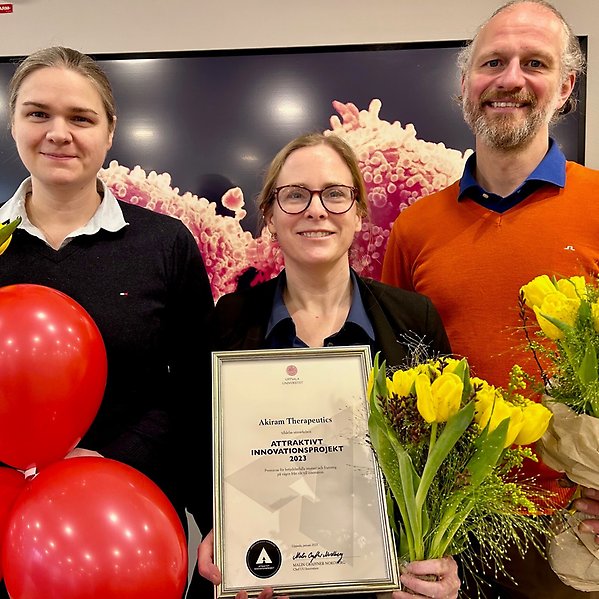
Akiram Therapeutics is founded by Anja Mortensen, Marika Nestor and Fredrik Frejd, Department of Immunology, Genetics and Pathology.
Readily Diagnostics
Liza Löf and Masood Kamali-Moghaddam, Department of Immunology, Genetics and Pathology, founded Readily Diagnostics to bring a new rapid test for respiratory diseases to market. Several investors, including UU Invest AB, have provided capital to support the commercialisation. The test is a further development of a method developed by the researchers, and the aim is to be able to measure several different viruses so that the right treatment can be administered quickly.
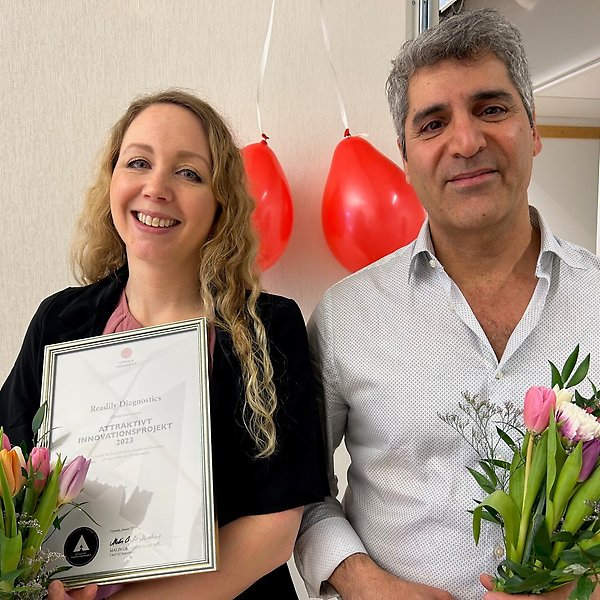
Liza Löf and Masood Kamali-Moghaddam.
Daily Innovation
Katarina Blomkvist, a researcher at the Department of Business Studies, has dedicated numerous years to the study of intrapreneurship—varied forms of innovation within established companies and organisations. Drawing on these insights, she, in collaboration with William Varga from LVMH and entrepreneur Kristofer Klerfalk, has formulated a methodology, DIP 364, aimed at helping businesses in both the private and public sectors identify, activate, and enhance their innovation capabilities. Together, the team has founded Daily Innovation 364, a company that presently serves clients spanning diverse industries.
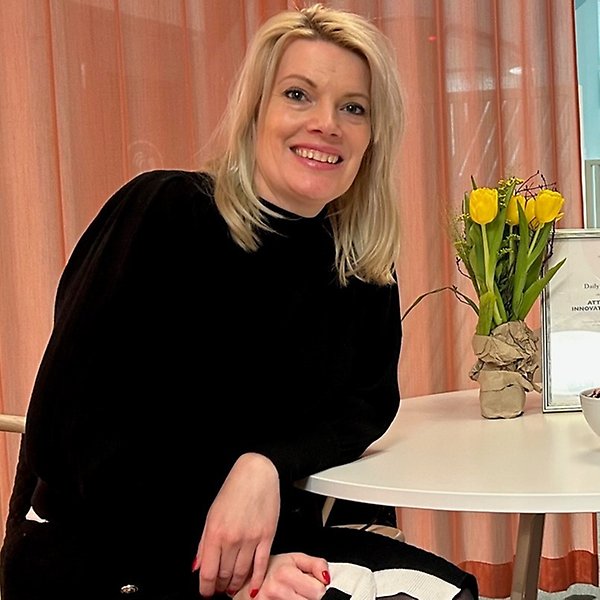
Katarina Blomkvist.
Fiberförstärkt bencement
Together with researchers at ETH Zurich, Cecilia Persson, Professor at the Department of Materials Science and Engineering, has developed and patented a technology that could enable the treatment of fractures in bone tissue with a material that can stimulate the formation of new bone tissue. She has assigned her part of the patent application to ETH Zurich, with the right to compensation in the event of future profits. The aim is to find licensees who can take the invention forward to a commercial product.
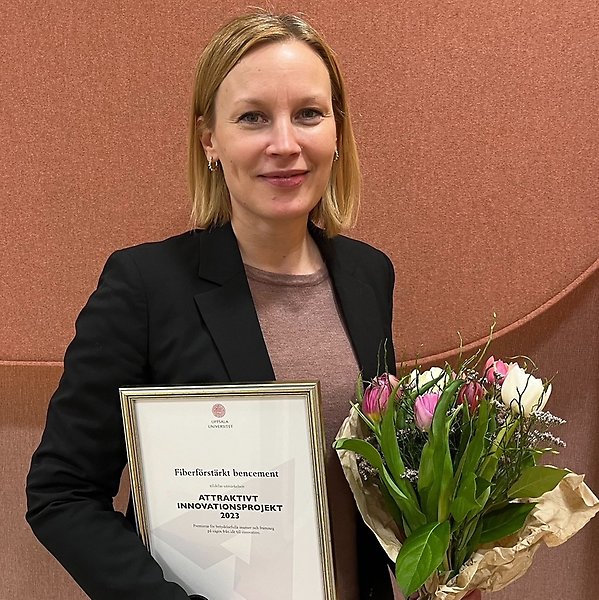
Cecilia Persson.
Lyticell (previously Sapiron)
The business idea behind Lyticell is to promote the use of advanced image analysis methods in life sciences, e.g. to make it faster and cheaper to develop new drugs. The idea and the company are the brainchild of Emil Rosén, PhD, who has developed a software solution that combines image analysis and AI, and by extension cloud services, for customers in biotech and drug development, among others. Lyticell has made its first sale.
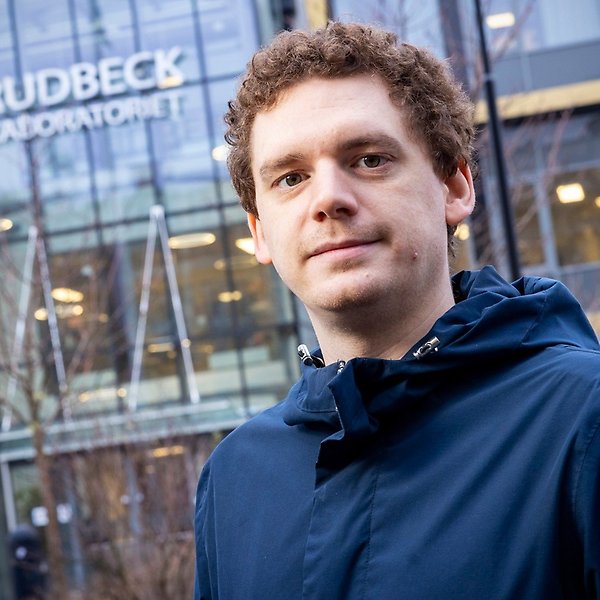
Emil Rosén.
